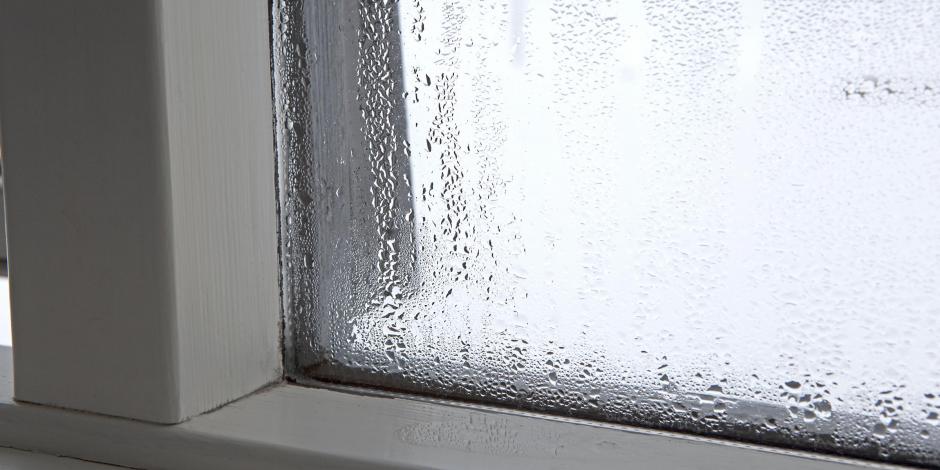
Central Pennsylvania gets muggy during the warmer months! But excessive humidity isn’t just a concern when you’re outside—it can be just as much of an issue inside your home as well.
High humidity isn’t just uncomfortable—it can cause real issues in your home that can lead to health issues as well as energy efficiency problems that will lower your indoor comfort and increase your heating and cooling costs. Here’s what you need to know about humidity in your home and what you can do about it.
What’s So Bad About Indoor Humidity?
There are two main things you need to be worried about when it comes to humidity in your York or Harrisburg home: water or moisture damage and mold growth.
Moisture, condensation, and water can stain the walls of your home and damage the building materials of your home, but they also lead to mold growth. Mold needs three things to thrive: moisture, heat, and a food source, like drywall, wood, or insulation.
Mold is gross enough on its own, but in your home, it can also lead to indoor air quality problems, health issues, and allergic reactions. It’s not uncommon for homes with humidity issues to have mold growing inside their ductwork, which then circulates throughout your home in the air you breathe, as well as mold on your insulation, which can ruin its effectiveness, making your home less comfortable and more expensive to heat and cool.
Why Is the Inside of Your Home So Humid and How Can You Fix It?
So what’s causing your indoor humidity? It’s likely a combination of outside humid air entering your home through air leaks—small cracks and gaps in the exterior of your home—and a lack of proper ventilation that allows humidity from everyday activities like cooking and taking showers to build up in your house.
A proper HVAC system, like working exhaust fans in your bathroom and above your stove, can help remove humid air from your home, but to stop outside humidity from getting in, you’ll need to look at your insulation and air sealing.
First, you’ll want to identify any insulation that’s become dirty, wet, or moldy as a result of humidity or air leaks. That insulation should be removed, followed by air sealing and installing new insulation to reduce the amount of air movement in and out of your house. Where your home needs work is something that can be addressed through an energy audit, but the recommended solutions could include:
Schedule an Energy Audit Today with Energy Smart
If you’re worried that humidity or mold is making you sick, or you’re simply tired of feeling uncomfortable in your home, get to the bottom of the issue by scheduling a home energy audit or indoor air quality testing with the local team at Energy Smart Home Improvement.
During an energy audit of your home, our auditor will conduct a comprehensive visual inspection of the entire house, run a blower door test, use thermal infrared cameras, and more to understand where your home is letting in humid air. With the results of your audit, you’ll have a better idea of what exactly the problem is, and the services needed to fix it.
